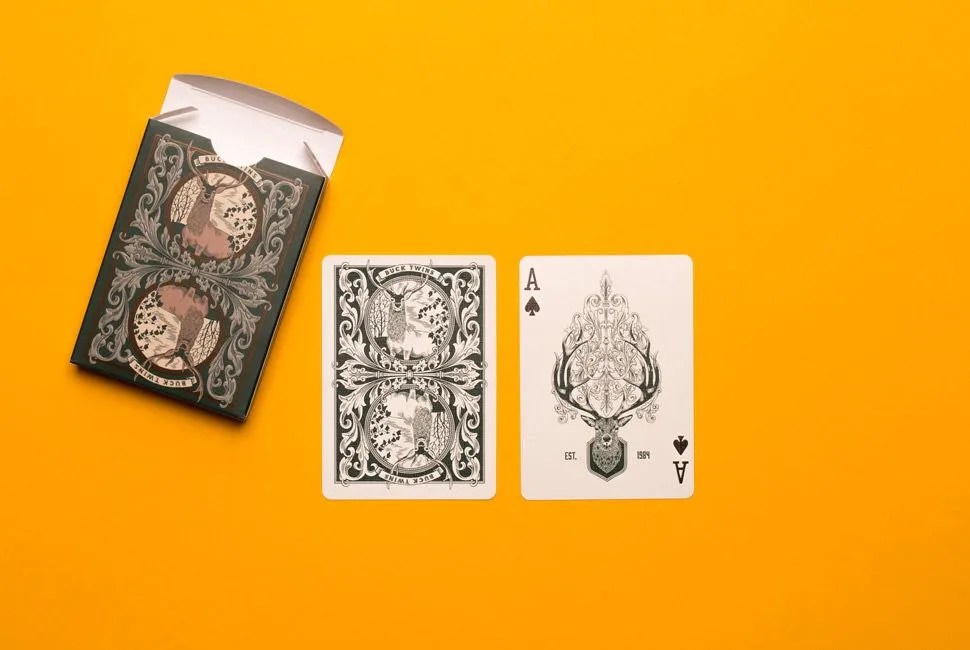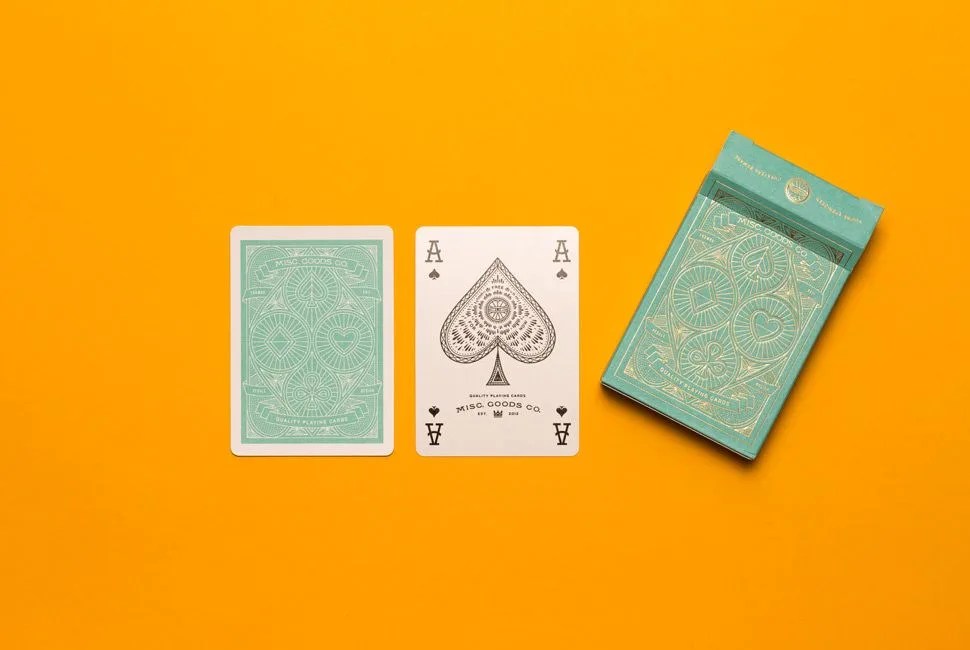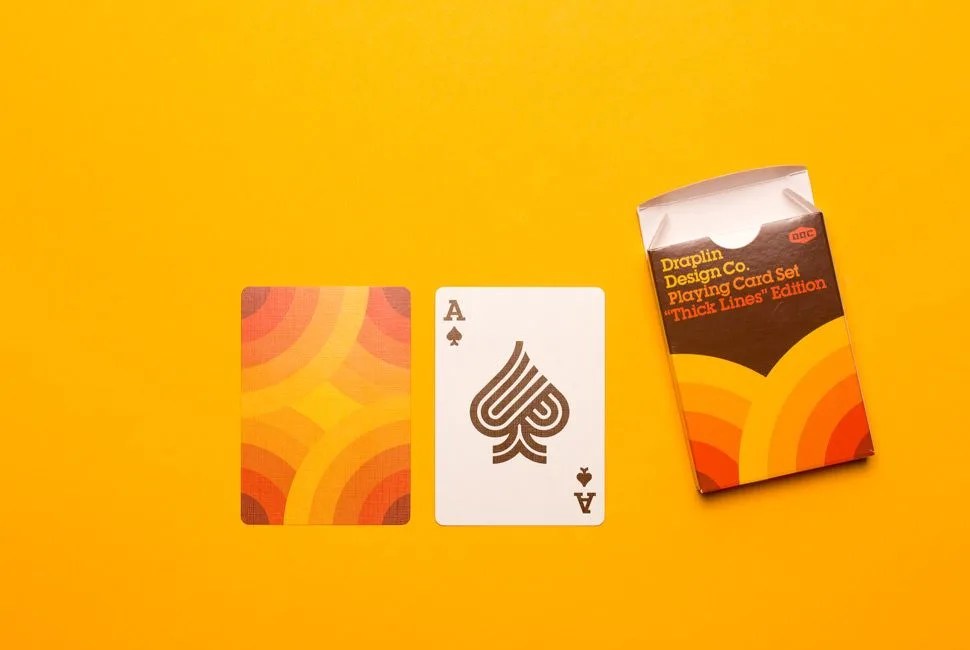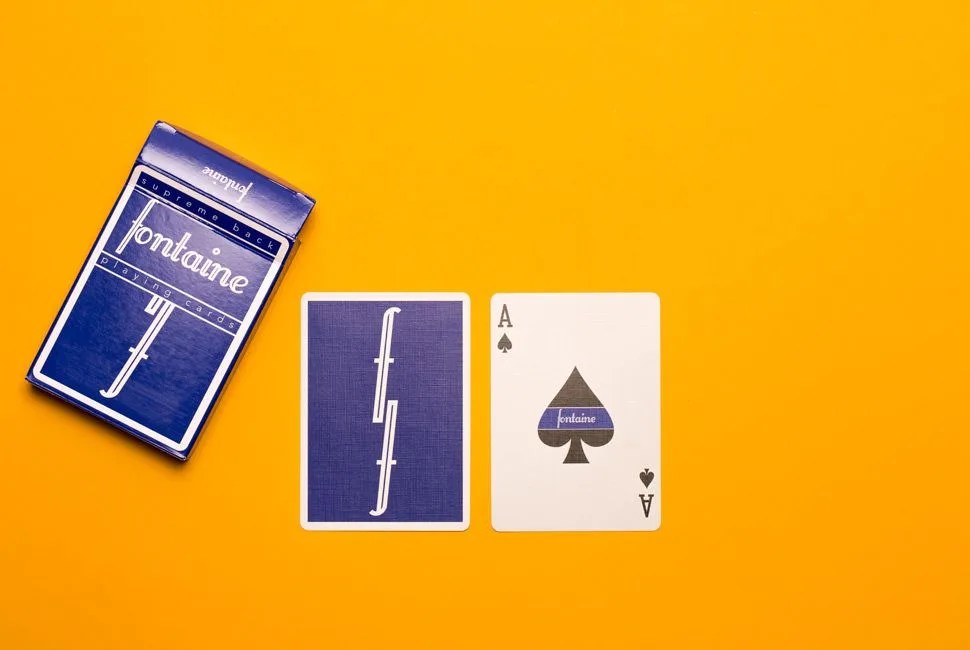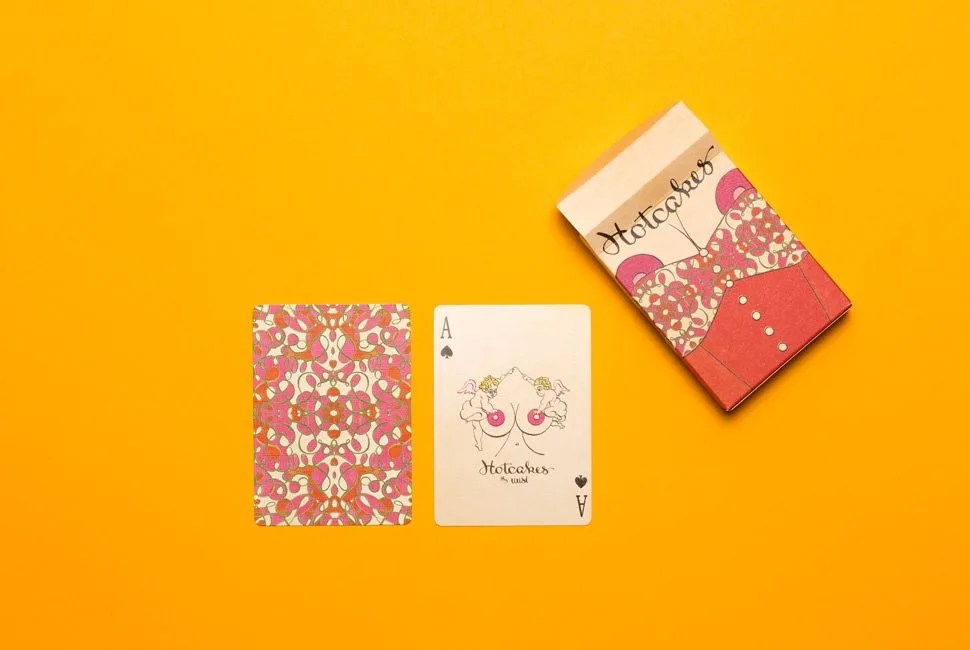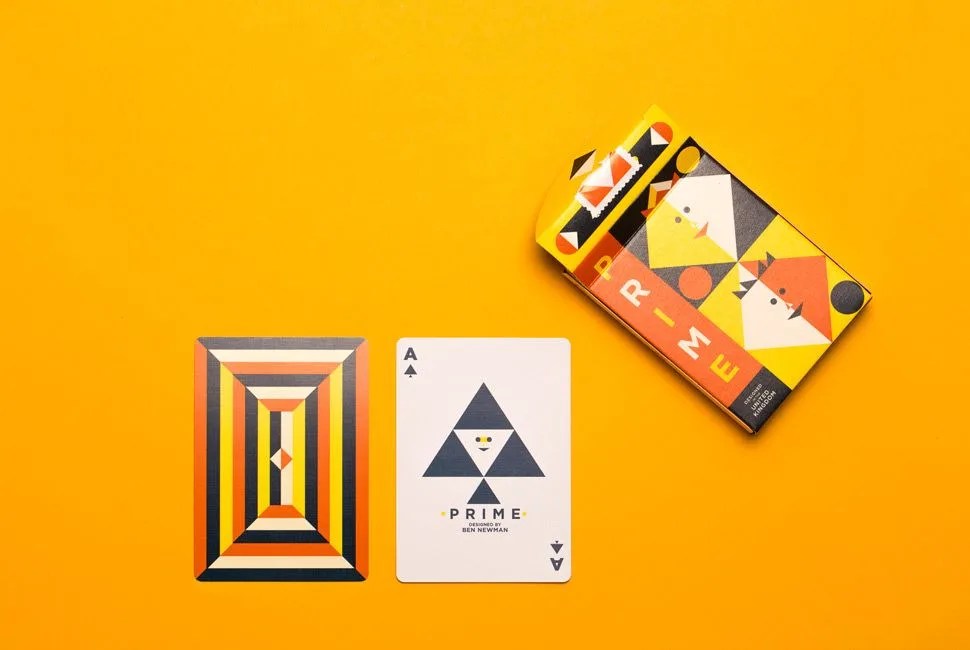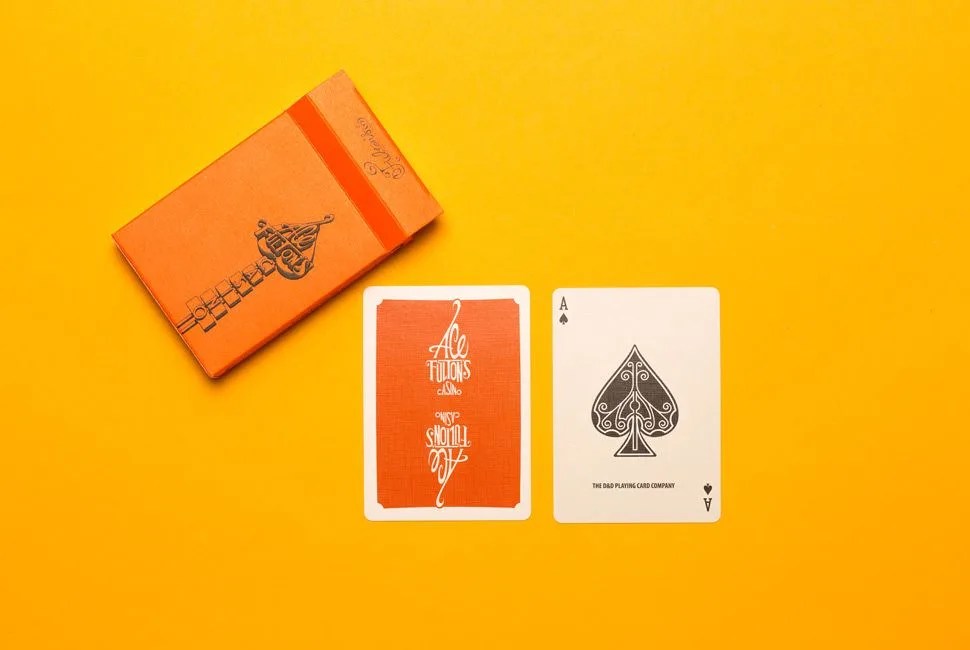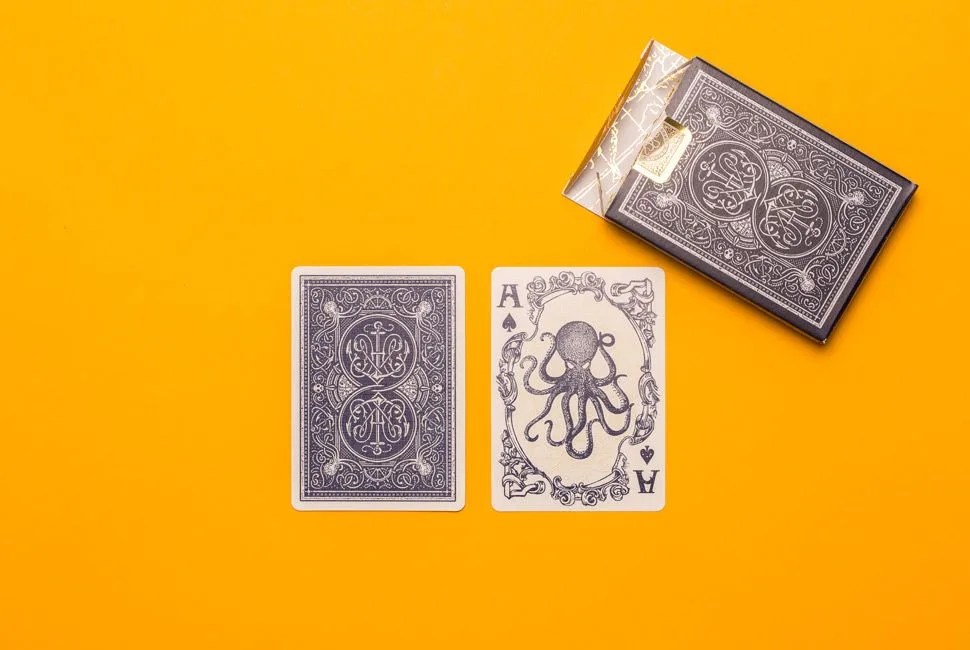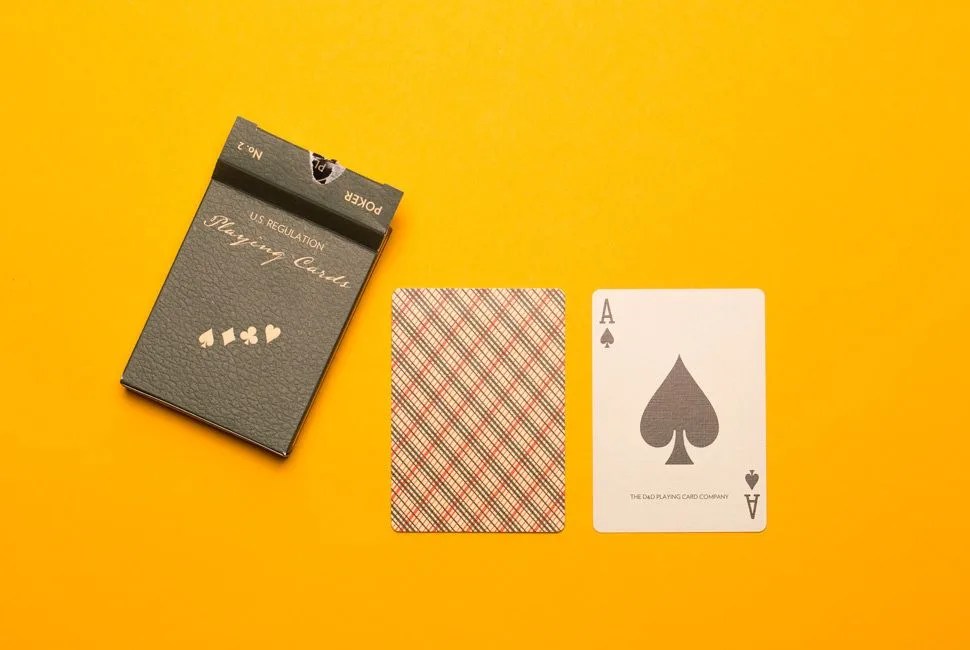The first record of playing cards dates back to 9th-century China, which would place their invention around the same time as gunpowder and more than 500 years before the printing press. But their introduction to Western civilization didn’t come until the 14th century, when Islamic expansion brought them via trade routes. Cards then were also tools to conjure prophecies of the future; today, this fantastic mythology is still a part of playing cards’ allure, often used for purposes of magic and illusion.
Europeans were quick to develop their own deck, the tarot, categorized by four suits, numbering one through 10, with four high-ranking face cards, the King, Queen, Knight and Knave (or Jack). Tarot decks could also include any number of trump suits as well a Fool card, which later became known as the “Joker”.
Because they were painted colorfully and ornately by hand, production of the cards couldn’t keep up with their popularity for purposes of gaming, gambling and occult practices. Like books, cards were once reserved for the upper social classes until manufacturers of the early industrial age shifted production to the printing press.
If industrialization made decks slimmer, more affordable and widespread, it also dropped playing cards’ early emphasis on lavish decoration. They became utilitarian and direct. Eventually, the standardized deck shrank to 52 cards, eliminating trump suits and Knights, and replacing ones with Aces. Across the English Channel, and later in the American colonies, decks adopted the French suit symbols well known today, with numbers in red and black. Backs became monochromatic, most often printed in red or blue.
Today, thanks to the demand of collectors, magicians and general enthusiasts, graphic cards are making up for lost aesthetic ground. We asked our friends at Art of Play, a one-stop shop for the best of designer cards, to help curate a list of their favorite decks from small-batch manufacturers around the country. More than just cards to play with, these decks are venues of artistry and design, reimagined classics that make age-old games with friends feel fresh and new. Click on any image to learn more.
Best Made Co. Famous
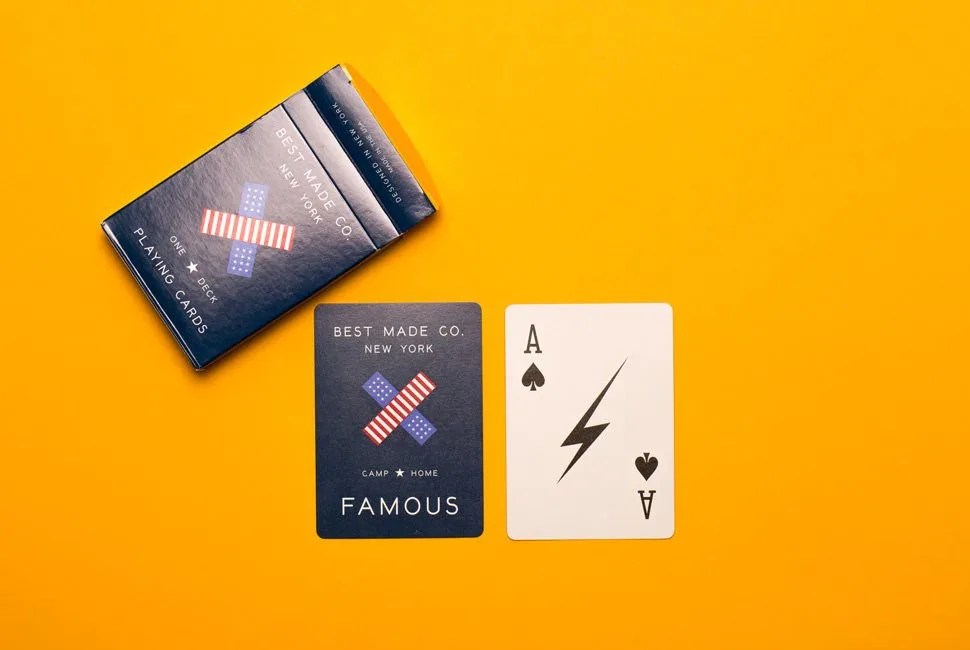
Best Made Co. in New York designed this deck with larger numbers and had it printed by the United States Playing Card Company in Erlanger, Kentucky.

